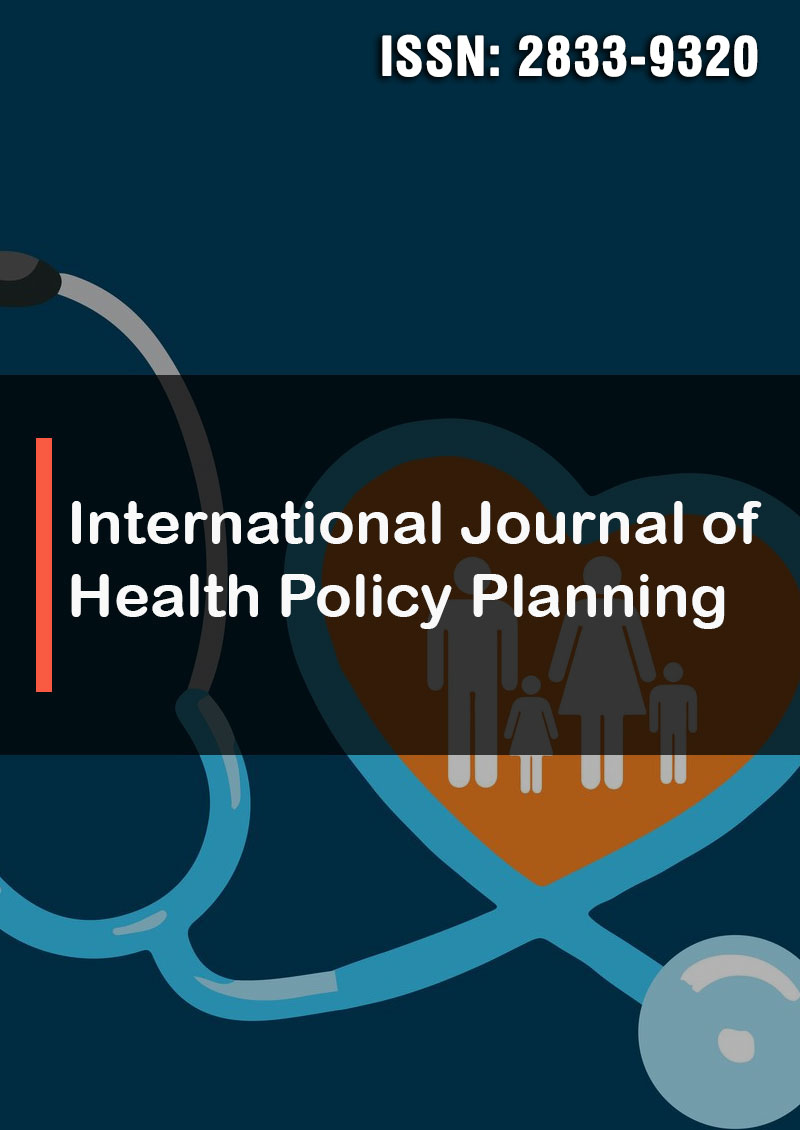Haemovigilance and Trends of Transfusion Transmissible Viral Infections among Asymptomatic Population at Akatsi South Municipal in Volta Region of Ghana from 2014 to 2019
Abstract
Abdul Wahab Mawuko Hamid, Kenneth Owusu Agyemang, Kofi Karikari Bonsu, Moses Oduro Mensah, Ishmael Adase, Salifu Nanga, Precious Kwablah Kwadzokpui, Ahmed Tijani Bawah, Ibrahim Jamfaru, Pascal Ayivor, Nathaniel Glover Meni, Israel Tordzro Agudze, Robert Kaba, Emily Boakye Yiadom,Emmanuel Senyo Kasu, Theophilus Benjamin Kwofie, Adiku Theophilus and Eric Kwasi Ofori
Background: The use of advance screening tools to prevent Transfusion Transmissible Infections (TTIs), is critical to Sustainable Development Goals (SDG.3.3). This study assessed the implications of using chromatographic Rapid Diagnostic Test (RDTs) kits, and dynamics on TTIs, including Human Immunodeficiency Virus (HIV) among blood donors at the Akatsi South Municipality in the Volta Region of Ghana.
Methods: This was a haemovigilance study, designed to retrospectively evaluate secondary data on 2,588 blood donors in Akatsi South District Hospital from 2014 to 2019. The data was collected using data extraction log, quality controlled using double data entry mechanism, and managed electronically using Microsoft Visual Basics and STATA. TTIs’ trends were determined using frequentist and descriptive statistics, and 95% confidence intervals using the Clopper Pearson test.
Results: Prevalence of TTIs was 8.0%. The prevalence of HIV as well as HBV and HCV, was 3.8%, 3.2% and 1.0% respectively. For female hosts, the prevalence was 7.4% (HIV), 4.2 % (HBV) and 1.6% (HCV). For Male-host, the rates were 3.1% (HIV), 3.5% (HBV) and 1.0% (HVC). Donors aged 15-19years were most infected at rates of 13.2% (HIV), 4.7% (HBV) and 1.9% (HCV). About 57(2.4%) and 3(1.2%) of 2380 blood donated were TTIs false negatives and false positives respectively.
Conclusion: Generally, there was reductive trends in prevalence of named TTIs, including HIV at a rate of 30.3% across the period. However, the rate of new HIV infections was above the regional and national rates, and this has research and policy implications. In addition, the limitation of current screening tool to detect about 2.4% of named TTIs among the screened blood was a potential risk medium for transfusing unsafe blood. A relatively higher sensitive blood transfusion screening method is urgently needed to prevent the transfusion of HIV, HBV and HCV false negative blood in Akatsi Municipal Hospital.




